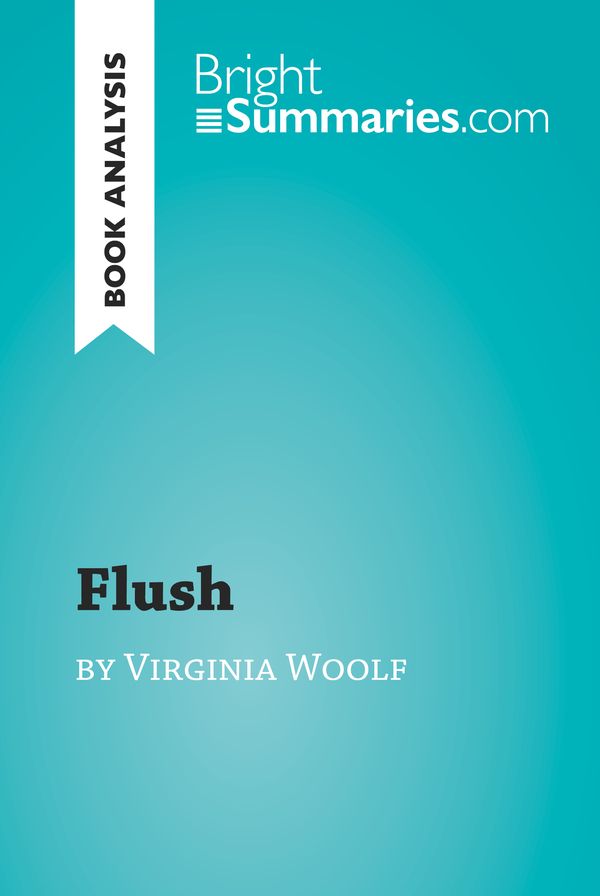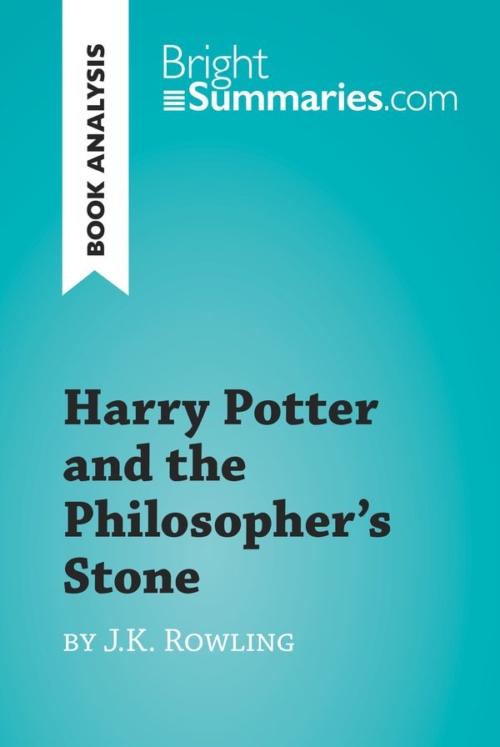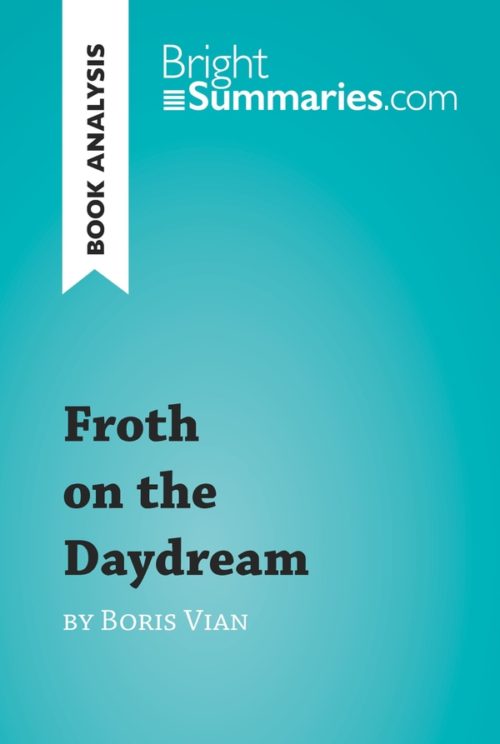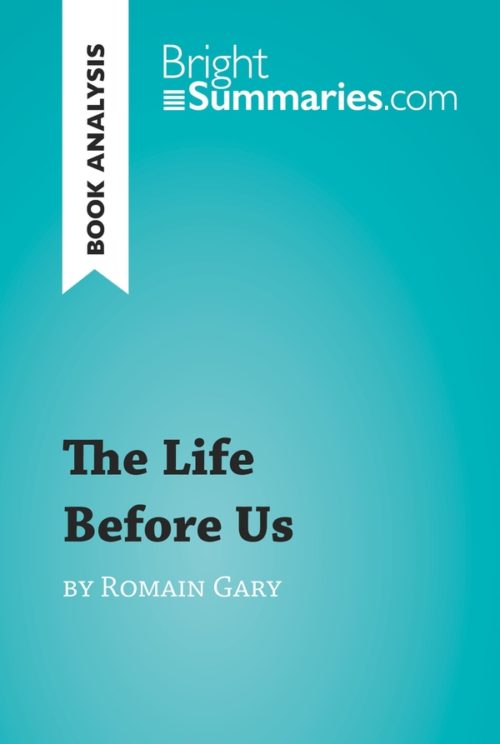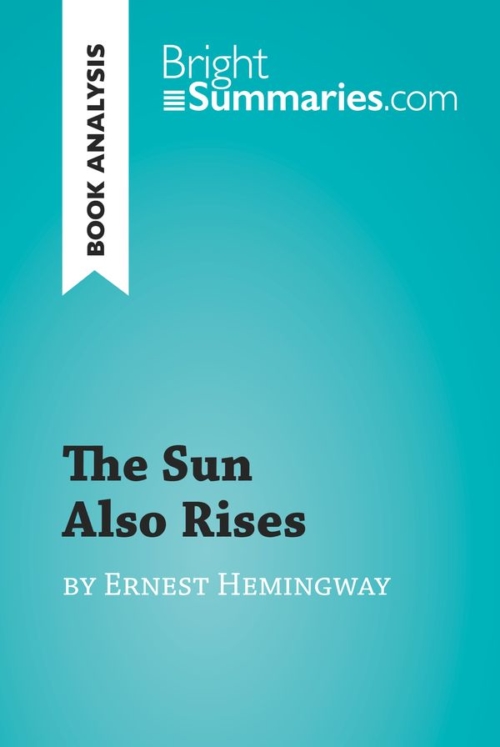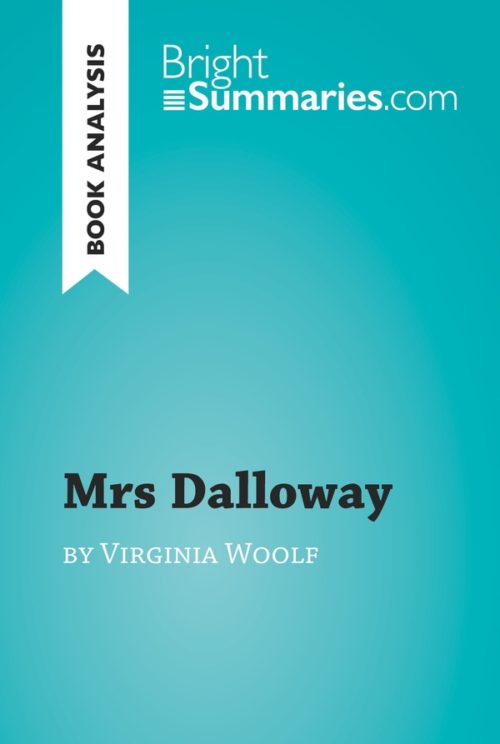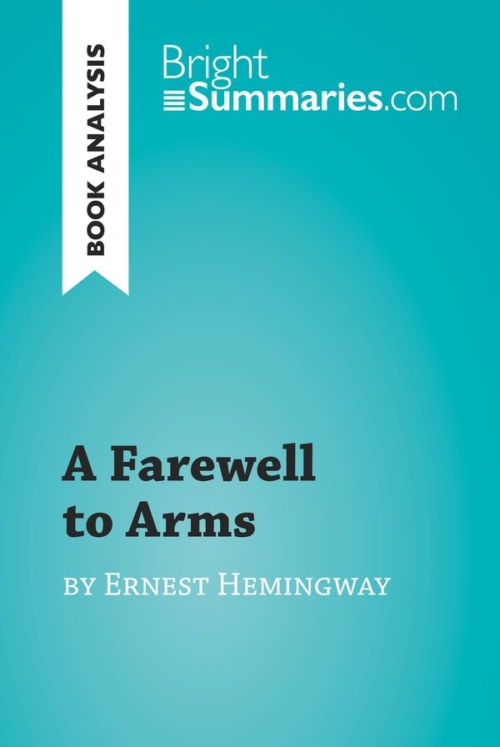Flush by Virginia Woolf (Book Analysis)
Flush by Virginia Woolf (Book Analysis)
Detailed Summary, Analysis and Reading Guide
Read more
This practical and insightful reading guide offers a complete summary and analysis of Flush by Virginia Woolf. It provides a thorough exploration of the novel’s plot, characters and main themes, including the animal world, the constraints imposed by society and the inevitable subjectivity of human experience. The clear and concise style makes for easy understanding, providing the perfect opportunity to improve your literary knowledge in no time.
This clear and detailed 42-page reading guide is structured as follows:
- Biography of Virginia Woolf
- Presentation of Flush
- Summary of Flush
- Character study
- Flush
- Elizabeth Barrett Browning
- Robert Browning
- Analysis of Flush
- Victorian society
- Animal perspectives
- Modernism
About Flush
Flush is the fictionalised biography of the Victorian poet Elizabeth Barrett Browning’s spaniel, whose name gives the book its title. After an initially unconstrained life in the countryside with the author Mary Russell Mitford, Flush is given to Elizabeth Barrett in London, where he observes her lingering illness and her courtship with her fellow poet Robert Browning, as well as the restrictions and rampant inequality that characterize Victorian city life. In spite of the apparent frivolity of its subject, and the fact that Woolf herself dismissed it as an unserious work, Flush is a thought-provoking and highly original work with much to say about social hierarchies, the position of women and the insalubrious nature of city life.
About Virginia Woolf
Virginia Woolf was one of the most influential figures of interwar English literature. She was born in London in 1882 and died in Sussex in 1941. She was a pioneer of the literary movement of Modernism, wrote a variety of essays, short stories and novels, and founded her own publishing house with her husband in 1917. Her best-known works include Mrs Dalloway, To the Lighthouse, Orlando and The Waves. She was plagued by mental health troubles throughout her life and committed suicide in 1941, at the age of 59.
Product details
| ISBN | 9782808018388 |
|---|---|
| Publisher | Plurilingua Publishing |
| Collection | Brightsummaries.com |
| Format | |
| Pages | 42 |
| File size | 1.5 MB |

